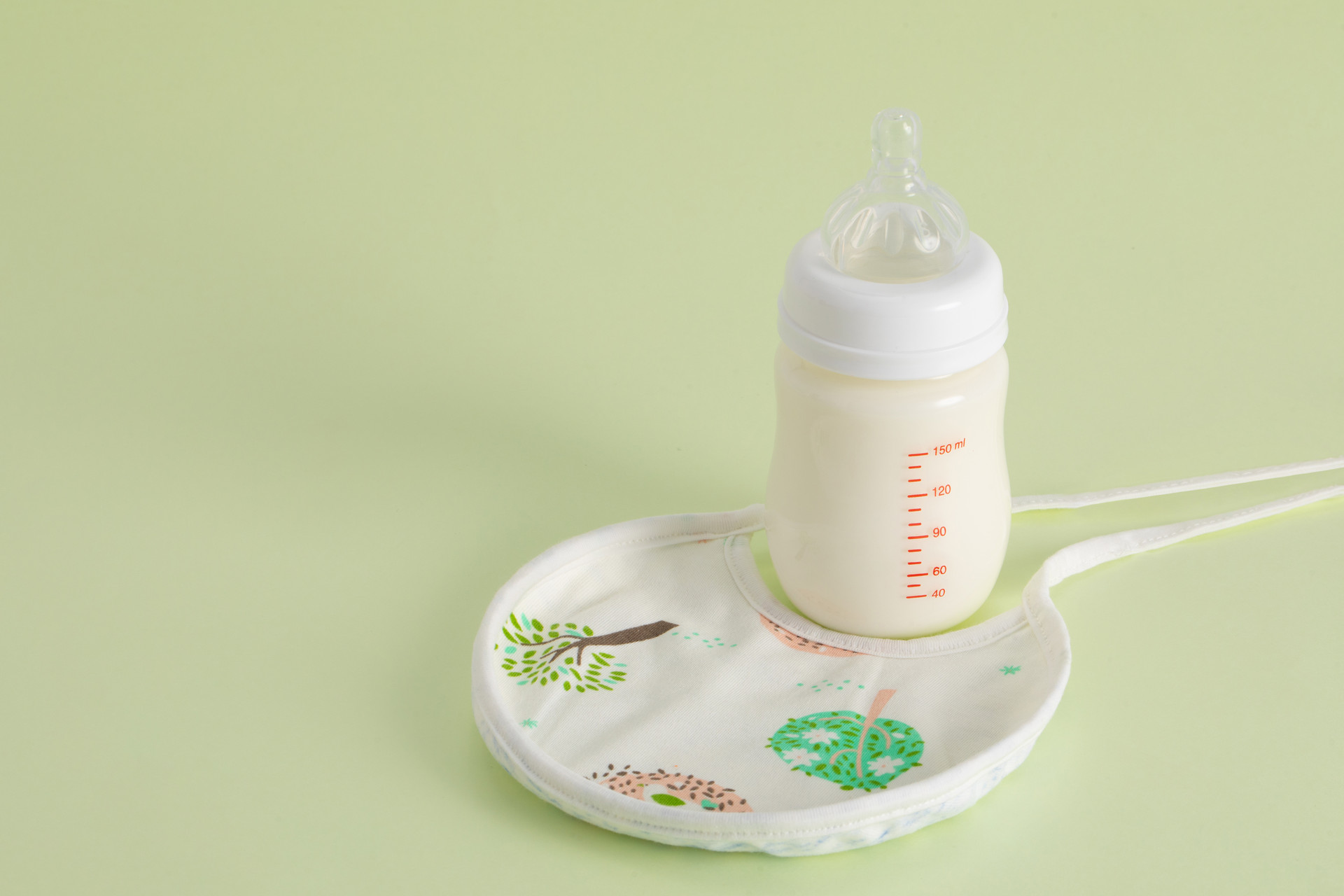As the last winter snow falls, we usher in the beginning of everything - spring. Many people believe that spring is a season of growth and vitality, with birds chirping and flowers blooming. However, for many infants and young children, it is a time when diseases come knocking. Due to their immature body development and weak immune system, infants and young children are prone to illnesses in the spring. Let's take a look at some common diseases in infants and young children during spring.
Summary of Common Spring Diseases in Infants and Young Children
1. Common Cold
Spring is a season of rejuvenation, but the various systems in a child's body are in a disordered state. Once they catch a cold due to cold exposure, overeating, overexertion, or fear, their resistance decreases and they are more susceptible to catching a cold. The key to preventing a cold is to strengthen the body and respiratory system's adaptability, engage in outdoor activities, and regularly open windows for ventilation.
2. Intestinal Diseases
With an increase in outdoor activities and opportunities to eat outside, children often eat with dirty hands, increasing the chances of developing intestinal diseases.
3. Infectious Diseases
With the warming weather, infectious diseases such as influenza, measles, mumps, scarlet fever, and rubella may become prevalent. During the outbreak of infectious diseases, baby's clothes and bedding must be washed and aired frequently. Maintain indoor air circulation and freshness, and try to avoid taking children to public places. If a child shows symptoms such as fever, sore throat, headache, or skin bleeding during the peak season of an epidemic, it is necessary to seek immediate medical attention at a local traditional Chinese medicine hospital.
4. Respiratory System Diseases
Respiratory system diseases are the most common in spring, accounting for about 80% of pediatric emergency department visits, including upper respiratory tract infections, bronchitis, pneumonia, and so on.
5. Skin Diseases
In spring, some babies may develop red patches on their faces and around their eyes, with fine sugar-like flakes on them, known as simple seborrheic dermatitis. Its occurrence may be related to dryness and prolonged sun exposure in spring, as well as digestive disorders and vitamin deficiencies in some children. Treatment should be targeted at the cause, avoiding wind and sun exposure, and eating more vegetables, fruits, and carrots.
6. Scarlet Fever
Scarlet fever is an acute infectious disease that commonly occurs in late winter and early spring. It can affect any age group, with the highest incidence in children aged 2 to 10. Bed rest, adequate nutrition, and hydration are generally recommended. For severe symptoms, intravenous fluids may be administered, and penicillin is the preferred medication for treating scarlet fever.
7. Allergic Reactions
In spring, with the blooming of flowers, many plants emit allergens such as pollen, which, when inhaled, can cause allergic reactions. This can result in symptoms such as nasal itching, runny nose, sneezing, and nasal congestion, and in severe cases, asthma, shortness of breath, and cyanosis. Therefore, children with a history of allergies should avoid contact with allergens. After going outdoors, they should wash their hands and face. If an allergy occurs, timely medical attention should be sought at a local traditional Chinese medicine hospital.
8. Hand, Foot, and Mouth Disease
This disease is a common contagious disease in infants and young children, caused by enteroviruses. It is more common in the summer and autumn, and mostly affects children under 5 years old. Clinical manifestations mainly include fever, rash, and ulcers on the hands, feet, and mouth. In some cases, it can lead to life-threatening complications such as myocarditis, pulmonary edema, and aseptic meningitis.
Preventive Measures for Infant and Young Child Diseases
1. Dress Appropriately
Follow the ancient saying of "dress warmly in spring and cool in autumn." Don't rush to dress children lightly when it's just beginning to warm up, and add clothing promptly when the temperature drops suddenly.
2. Increase Outdoor Activities
On sunny days, let children engage in outdoor activities to receive sunlight and breathe fresh air, which can enhance their hematopoietic and immune functions.
3. Maintain a Balanced Diet
In daily meals, in addition to consuming an appropriate amount of fish, meat, chicken, and eggs, children should eat more dairy products, soy products, vegetables, and fruits. Infants and young children may need to take fish oil and calcium supplements when necessary.
4. Pay Attention to Hygiene
Maintain cleanliness indoors, open windows for ventilation to ensure fresh air and sufficient sunlight, frequently sun bedding and change clothes, and avoid taking children to crowded public places. Develop good hygiene habits, wash hands before and after meals and after using the toilet, strengthen food hygiene, and pay attention to utensil disinfection.
In spring, the body's yang energy is growing, making it a season to replenish yang energy. Therefore, it is necessary to consume foods that replenish yang energy to enhance immunity. Additionally, engaging in outdoor activities can help prevent spring fatigue and the occurrence of diseases.











